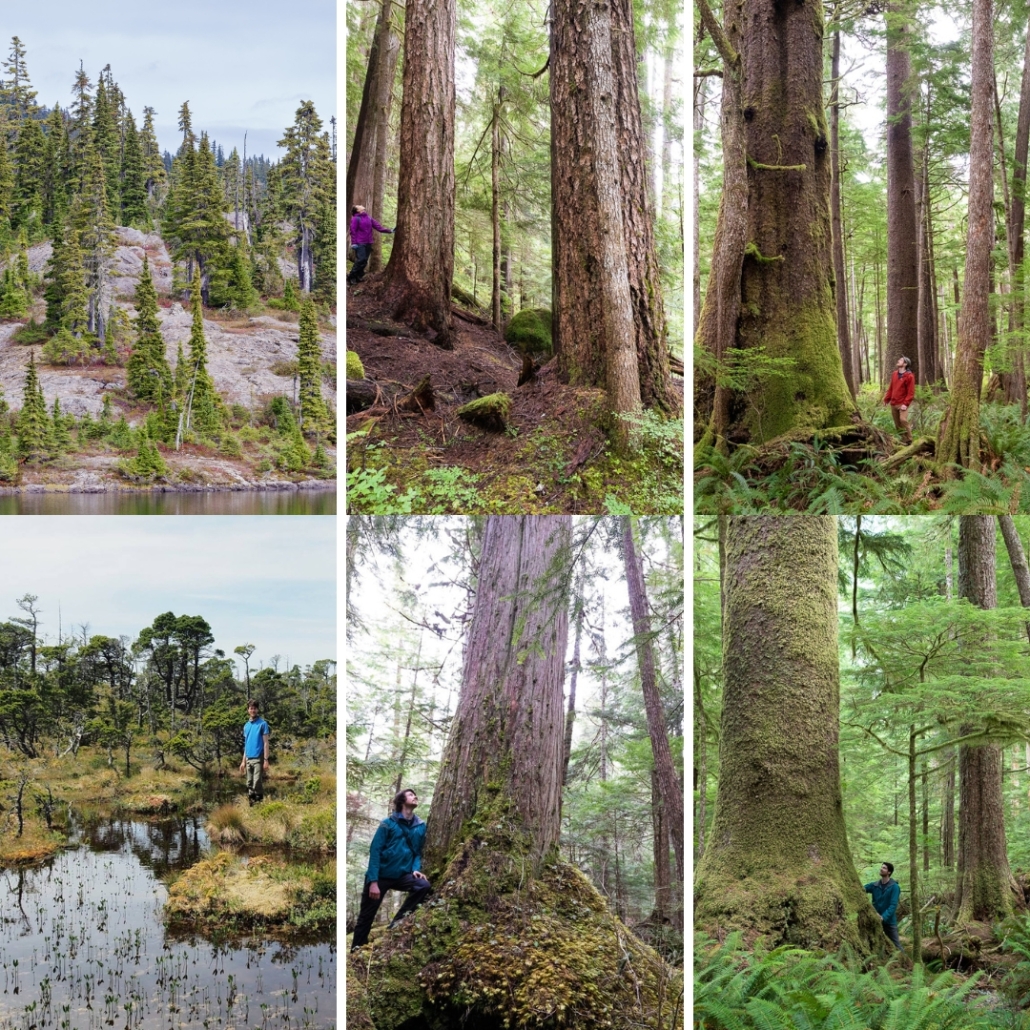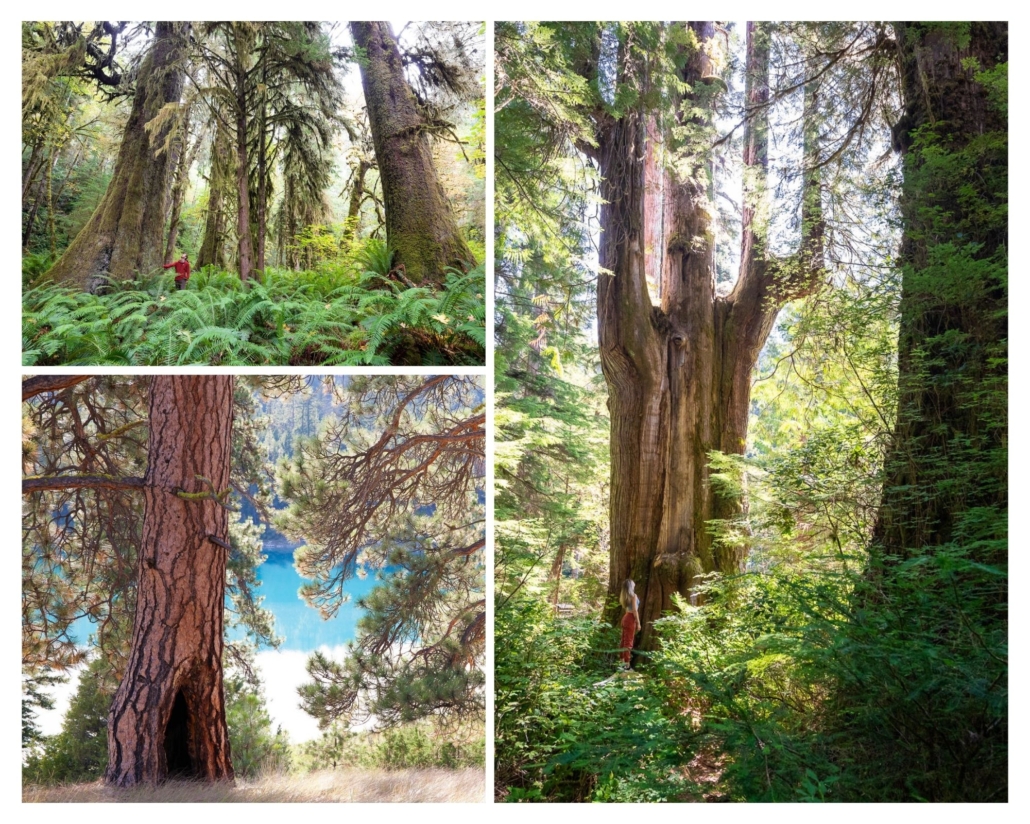
What are “Forest Productivity Distinctions”?
“Forest Productivity Distinctions” is a phrase you’ve heard us use a lot, but what does it mean and why are they important? Read on to learn more!

All About the Biodiversity & Ecosystem Health Framework
Not sure what the proposed Biodiversity & Ecosystem Health Framework entails and why it's important? Pull up a chair as we break it down for you!

Thank You to Our Business Supporters!
We would like to extend a sincere thank you to these businesses for kindly supporting the old-growth campaign!

Biodiversity And Ecosystem Health Framework – Public Input Guide
The BC government is currently accepting public input on its draft Biodiversity and Ecosystem Health Framework. The following info will help you write your personalized submission. Submissions are due…
